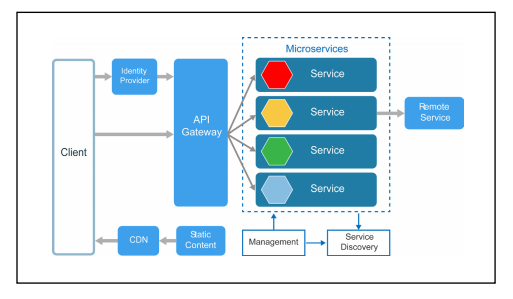Virtual Reality Communication: Immersive Experiences Redefining Social Interactions Today
In recent years, virtual reality (VR) has emerged as a groundbreaking technology that is redefining the way we communicate and interact socially. Unlike traditional forms of communication that rely on screens and text, VR immerses users in fully interactive 3D environments, creating experiences that can mimic or even surpass face-to-face interactions. As VR technology advances, it is increasingly influencing our social interactions, transforming both personal connections and professional collaborations.
The Essence of Immersive Communication
At the core of VR communication is the principle of immersion. Users don headsets that transport them into virtual worlds where they can see, hear, and interact with others as if they were physically present. This immersive experience fosters a sense of presence that is often lacking in conventional video calls or messaging platforms. In a VR setting, participants can share experiences, such as attending virtual concerts or exploring digital landscapes, in ways that evoke genuine emotions and create lasting memories.
For example, platforms like AltspaceVR and VRChat allow users to meet in virtual spaces, engaging in activities such as gaming, attending workshops, or simply socializing. This interactivity fosters deeper connections, as users can express themselves through avatars and participate in shared experiences, thus breaking down the barriers of distance and physical limitations.
Enhancing Remote Work and Collaboration
The rise of remote work has accelerated the adoption of VR in professional settings. Companies are leveraging VR to create virtual offices where employees can collaborate more effectively. In these virtual environments, teams can hold meetings, brainstorm ideas, and even conduct training sessions, all while feeling as if they are in the same room.
Tools like Spatial and Engage are revolutionizing remote collaboration by allowing users to interact with 3D models, share documents, and visualize data in real time. This hands-on approach to communication enhances creativity and productivity, making virtual meetings feel more dynamic and engaging compared to traditional video conferencing tools.
Building Communities and Fostering Inclusivity
VR communication is also redefining community building. Online communities can gather in virtual spaces where geography is no longer a barrier. Individuals from diverse backgrounds can come together to share interests, learn from one another, and form meaningful connections. This inclusivity is particularly beneficial for those who may feel isolated in their physical environments, such as individuals with disabilities or those living in remote areas.
Moreover, VR platforms can host events, conferences, and social gatherings that allow participants from around the world to interact in real time. This ability to transcend geographical boundaries is creating a global village, where cultural exchange and collaboration thrive.
Challenges and Ethical Considerations
Despite its transformative potential, VR communication also presents challenges. Issues such as privacy, security, and the potential for addiction need to be addressed. As users engage more deeply with virtual environments, the line between real life and virtual interactions may blur, leading to questions about mental health and well-being.
Furthermore, the accessibility of VR technology remains a concern. While costs are decreasing, not everyone has access to VR headsets and high-speed internet, potentially widening the digital divide. Ensuring that VR communication is inclusive and equitable is crucial as this technology continues to evolve.
Conclusion
Virtual reality communication is revolutionizing how we connect and interact, offering immersive experiences that redefine social interactions. From enhancing remote work to fostering global communities, VR has the potential to create meaningful connections in ways that were once unimaginable. However, as we embrace this technology, it is essential to navigate the associated challenges responsibly, ensuring that VR communication enriches our lives while promoting inclusivity and well-being. As we look to the future, VR stands as a testament to the possibilities of human connection in a rapidly changing digital landscape.











Leave a Reply